The Magic Quadrant for Meeting Solutions report published by Gartner in September 2019 stated that by 2024, remote work and changing workforce demographics will impact enterprise meetings so that only 25 percent will take place in person—down from 60 percent from the time the report was issued. This was a reasonable assertion given the facts that were known at the time, but not anymore.
According to the 2018 report by the Bureau of Labor Statistics, 29 percent of Americans could work from home, but this number just increased tremendously. While employees within service and labor industries such as agriculture, construction, travel, restaurants, and hospitality have been hard hit, nearly any worker who has the ability to connect to work online is setting up shop at home.
Software Solutions
Gartner’s Magic Quadrant for Meeting Solutions report describes meeting solutions as a blend communications, collaboration, and content sharing to enable informal and formal meetings anywhere. The following is a list of software solutions from three quadrants of the report—Challengers, Leaders, and Visionaries—with an abridged strength and caution section most relevant to AV/IT managers with a remote workers in mind. You can download the full report here.
Adobe
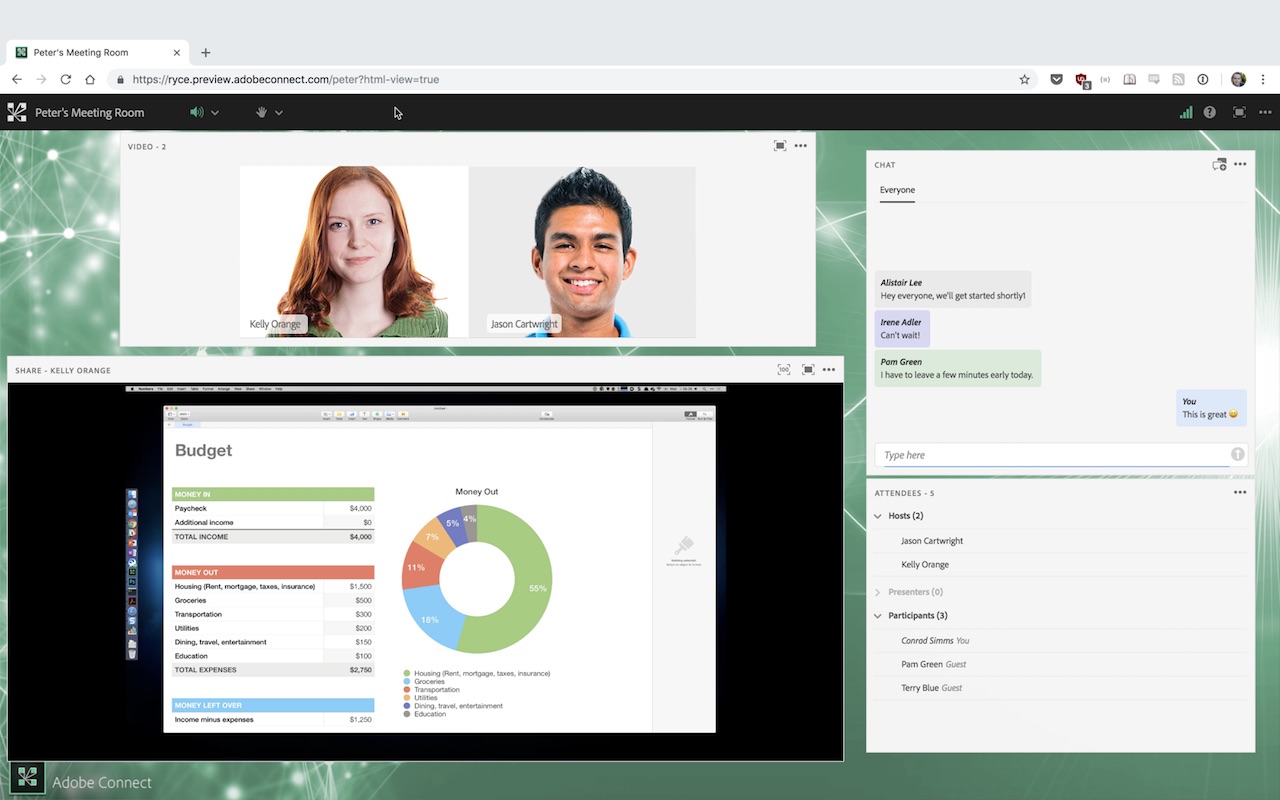
Adobe offers Adobe Connect in SaaS, premises-based, managed service, and dedicated deployment options.
Strength: Adobe’s focus on customers in government, healthcare, financial services, and higher education makes it appealing for environments where a meeting solution must be tailored to specific roles or business needs.
Caution: Adobe has not invested in pursuing some innovations, such as virtual assistants, its own integrated digital whiteboard hardware, or integration with smart devices that competitors have.
BlueJeans
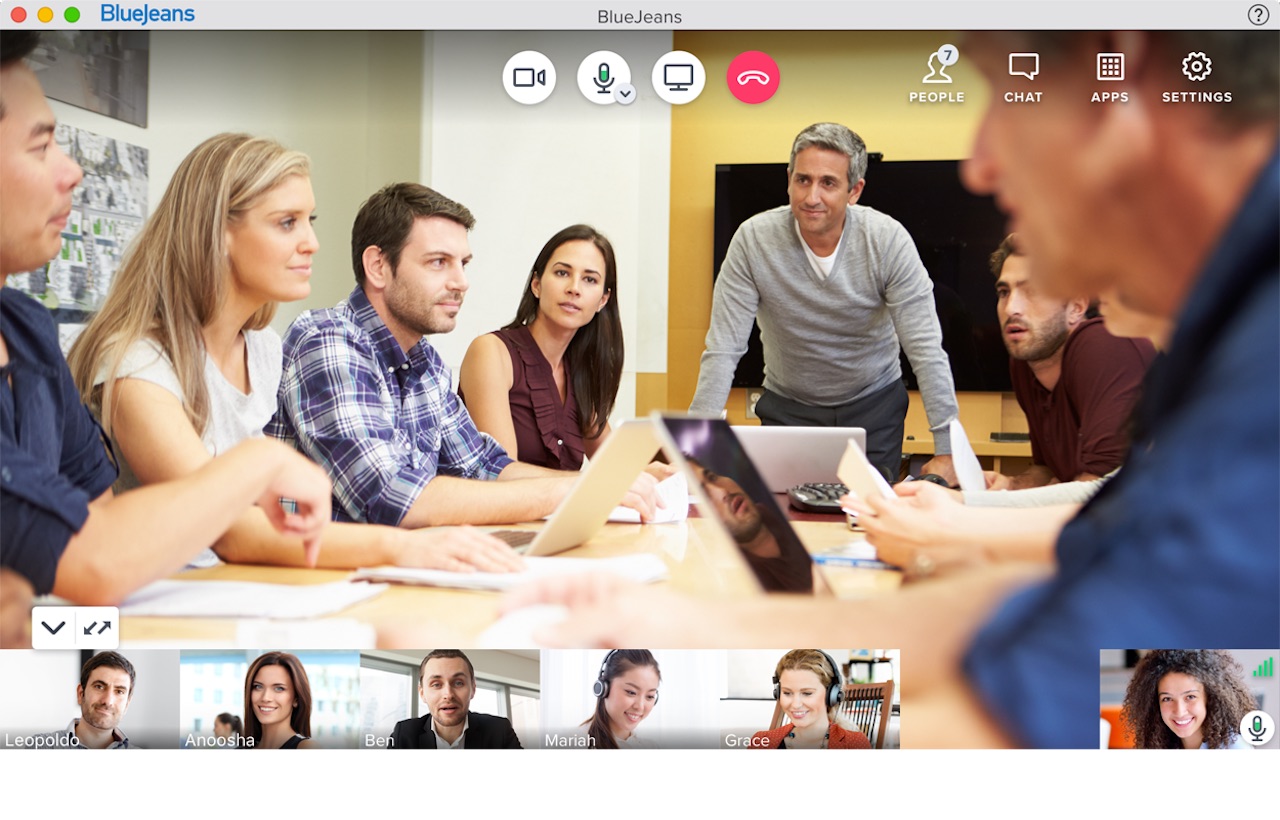
BlueJeans offers its BlueJeans Meetings and Events solutions as SaaS, along with partner endpoints for conference rooms and a cloud-based video interop gateway for Microsoft Teams.
Strength: BlueJeans has a robust video meeting service and is looking to expand its business through strategic partnerships with Dolby (including a Rooms-as-a-Service option), Microsoft, and Facebook.
Caution: BlueJeans supports only SaaS-based delivery with typical licensing models. This approach inhibits adoption by organizations desiring freemium and dedicated deployment options.
Cisco
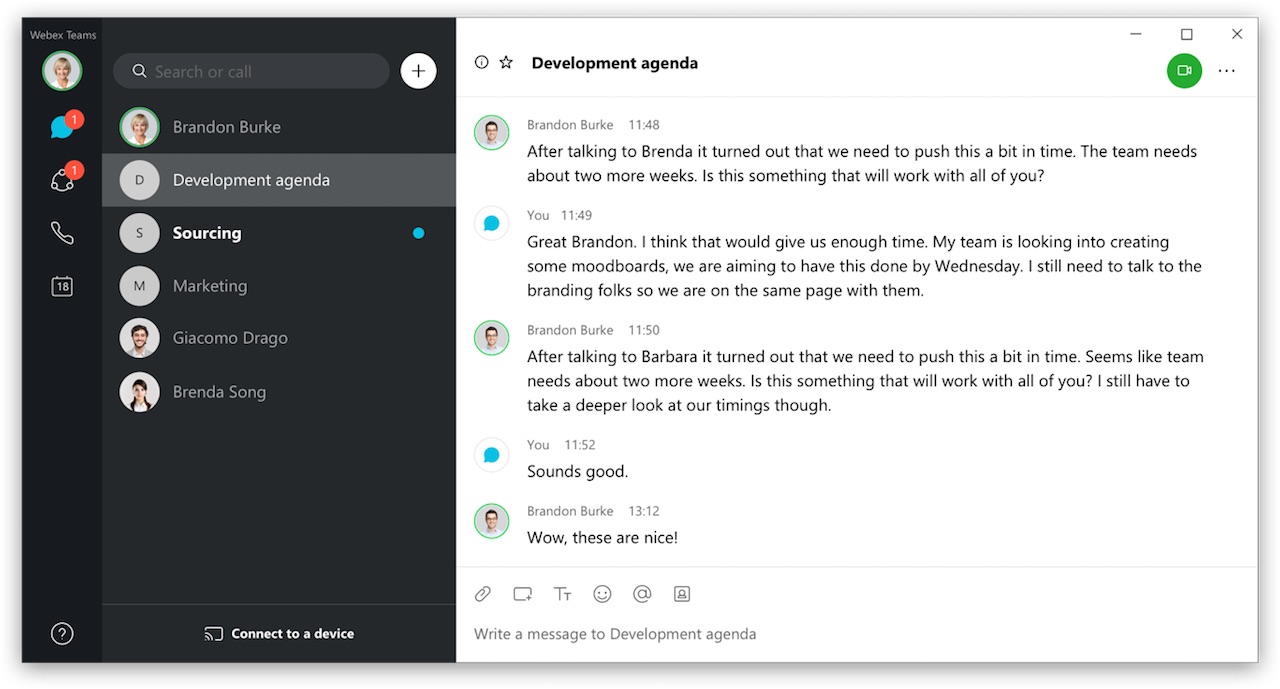
Cisco offers a variety of meeting solutions together with a portfolio of video endpoints that span huddle room solutions to large, customized environments. For premises-based deployments, Cisco Meeting Server is its leading product. Cisco Webex Meetings is offered as SaaS or hybrid deployments. The vendor also offers Cisco Webex Teams as SaaS or hybrid deployments for workstream collaboration.
Strength: Cisco’s range of video infrastructure, endpoint, and application offerings enable more fully integrated deployment options than any other competitor in this Magic Quadrant. Its offering includes hybrid architectures that help maximize quality and security.
Caution: Cisco’s reference customers reported that Webex Meetings should leverage additional plug-ins, applets, or external products to create better workflows with their preferred business applications.
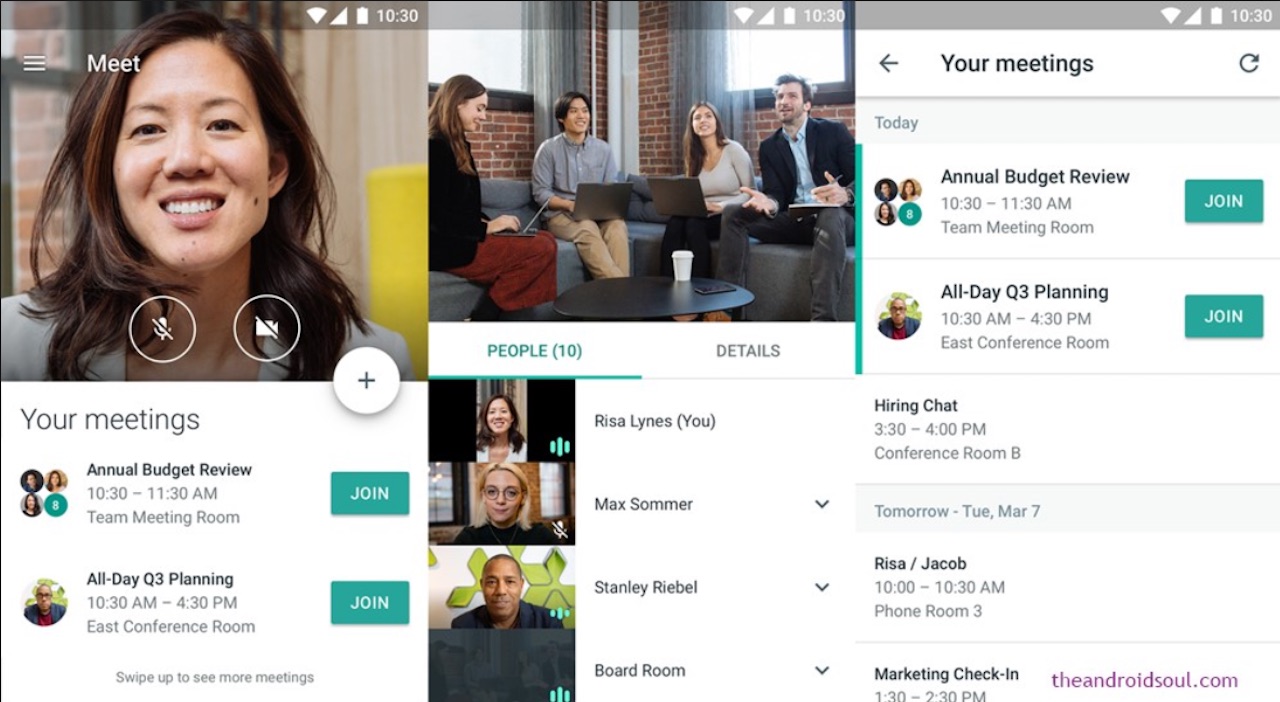
Google offers Hangouts Meet and Hangouts Chat as SaaS, along with its own and partner-branded conference room endpoints.
Strength: Customers benefit from the ability to create meeting workflows across other G Suite products, as well as from Google’s substantial ecosystem of vendor and software partnerships, to further enhance meeting experiences. Hangouts Meet is included with G Suite, making it compelling and sensible for enterprises that have “gone Google” to get full value out of their investment by using the vendor’s meeting solution.
Caution: Hangouts Meet is included with G Suite as part of a horizontal collaboration offering. As such, unlike some competitors, the Google offering is not customized for particular vertical industries.
Lifesize

Lifesize Icon meeting room systems can be purchased in tandem with a subscription to the Lifesize Cloud conferencing service, or as a standalone endpoint.
Strength: Lifesize has aggressively expanded its efforts with a wide range of licensing offers to meet local preferences for purchase and service platform engagement.
Caution: Lifesize needs to expand its options for improving content delivery and reducing internal network congestion for large video broadcasts, such as town halls and webinars.
LogMeIn
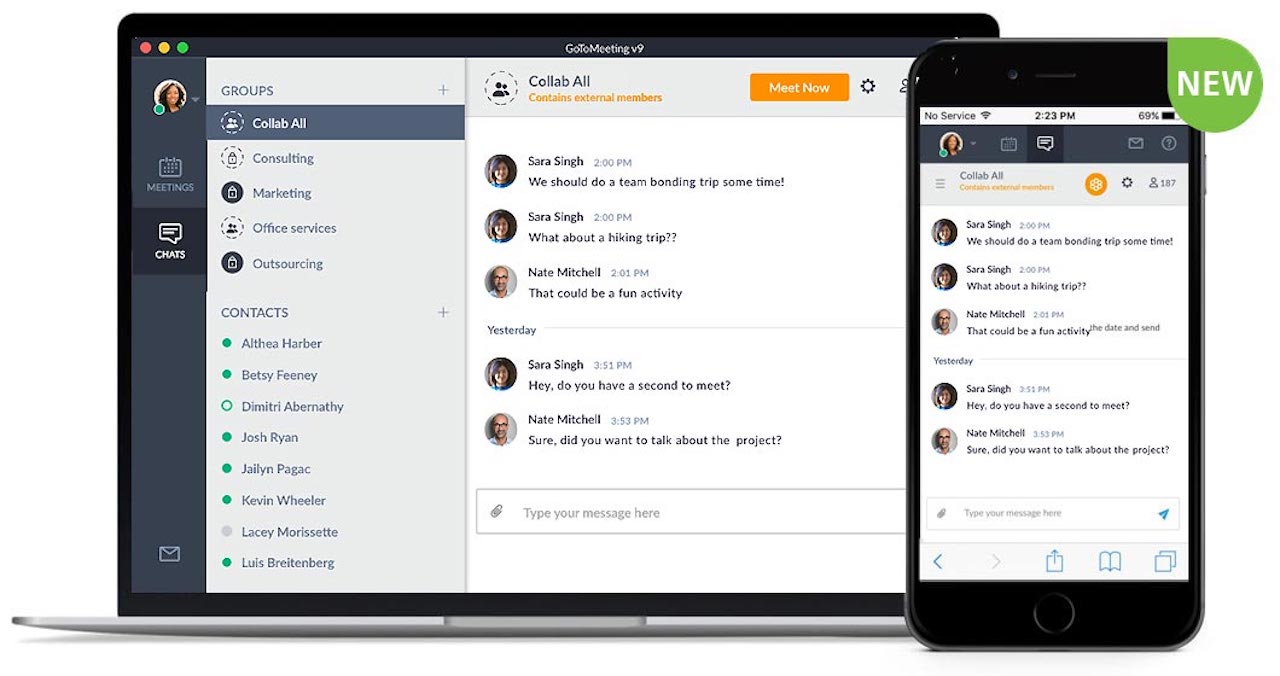
LogMeIn offers GoToMeeting, GoToTraining, GoToWebinar, GoToRoom, GoToConnect, and join.me as SaaS, along with partner endpoints for conference rooms.
Strength: LogMeIn has focused on improving meeting workflows, as evidenced by its extensive integrations to third-party productivity, scheduling, and sales acceleration solutions. It has also focused on developing meeting transcription as a default feature of its products.
Caution: LogMeIn may not be suitable for organizations that desire innovation around physical digital whiteboard meeting endpoints, for which competitors have productized offerings.
Microsoft
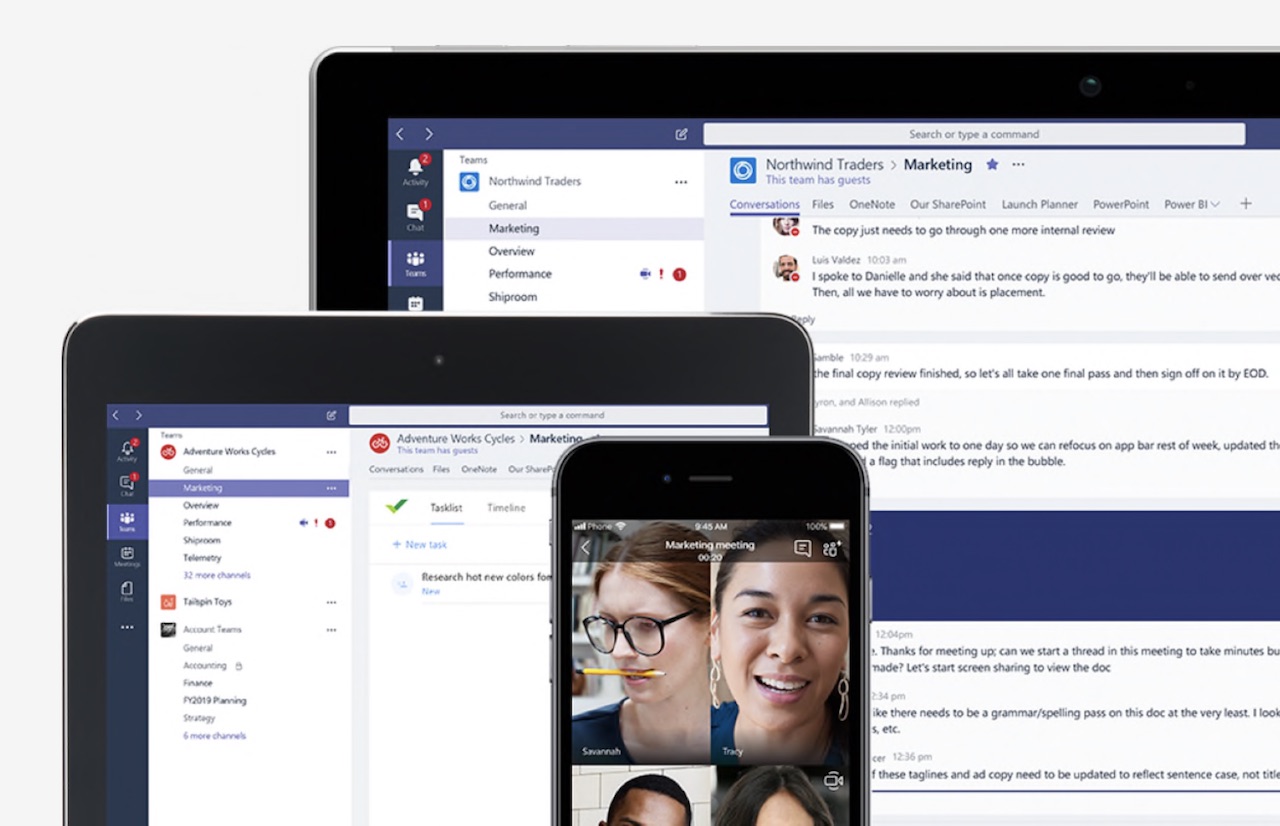
Microsoft offers Skype for Business for hybrid, premises-based, dedicated, and managed service deployment. It also offers Skype for Business Online and Microsoft Teams as SaaS. The vendor offers a portfolio of partner-branded conference room endpoints for Microsoft Teams, and its own Surface Hub device for collaboration.
Strength: Microsoft has demonstrated its focus on customer experience by addressing the needs of enterprise IT buyers and common workforce roles, supporting customer success with extensive change-management materials, processes and partners, and with deployments in large customer environments.
Caution: To plan and execute large live meeting broadcasts with Microsoft technologies requires an understanding of multiple products (Microsoft Teams, Microsoft Stream, Yammer), multiple event models (e.g., production studio quality or self-service) and possible third-party video delivery optimization (e.g., ECDN, P2P, or multicast).
Pexip
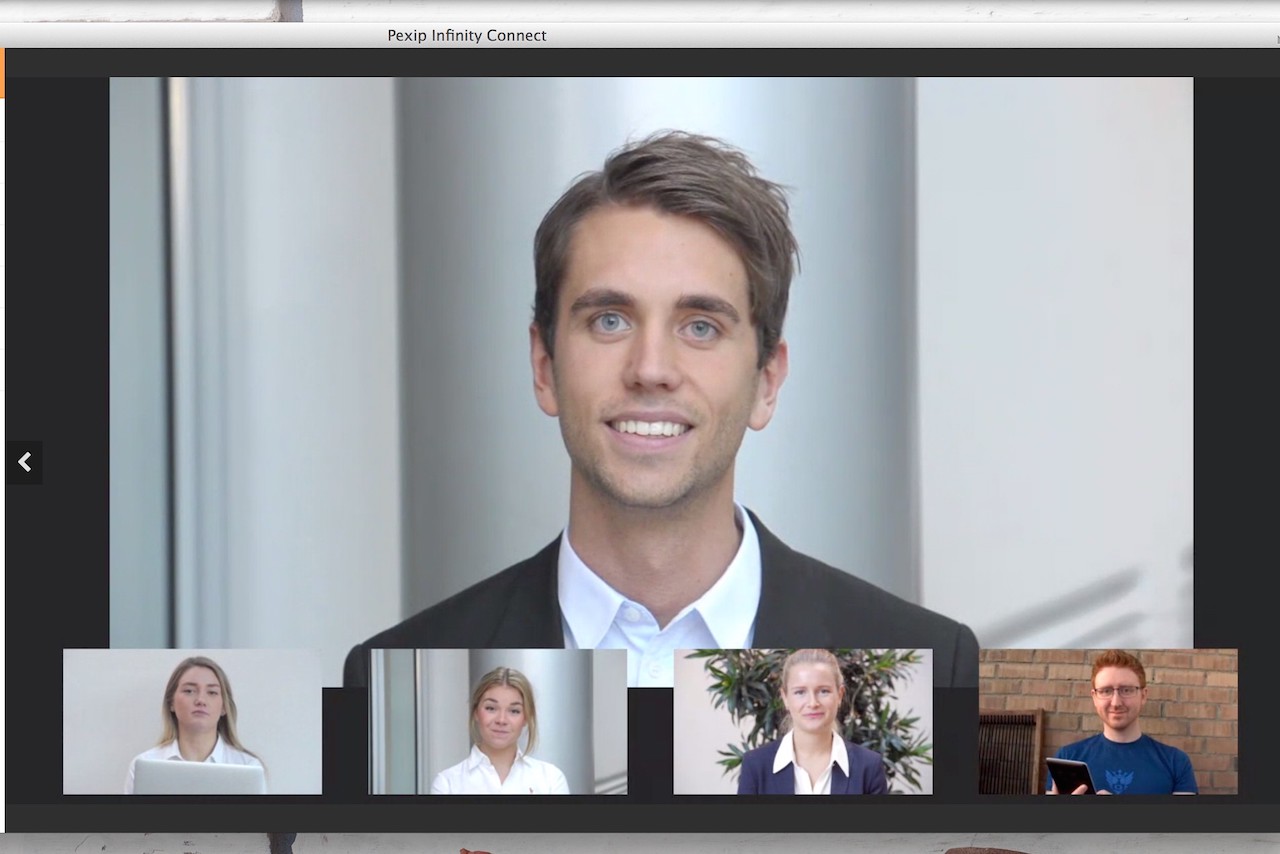
Pexip offers its cloud-based meeting solution platform as SaaS, and its virtualized video infrastructure software, Infinity, as a premises-based or managed service.
Strength: The merger of Pexip with Videxio at the end of 2018 has created a scalable videoconferencing solution that provides a unified experience across mobile, desktop, and conference room endpoints.
Caution: Pexip does not directly offer client- or server-based meeting recording options. However, it does integrate with cloud- and premises-based third-party recording and archiving services.
StarLeaf
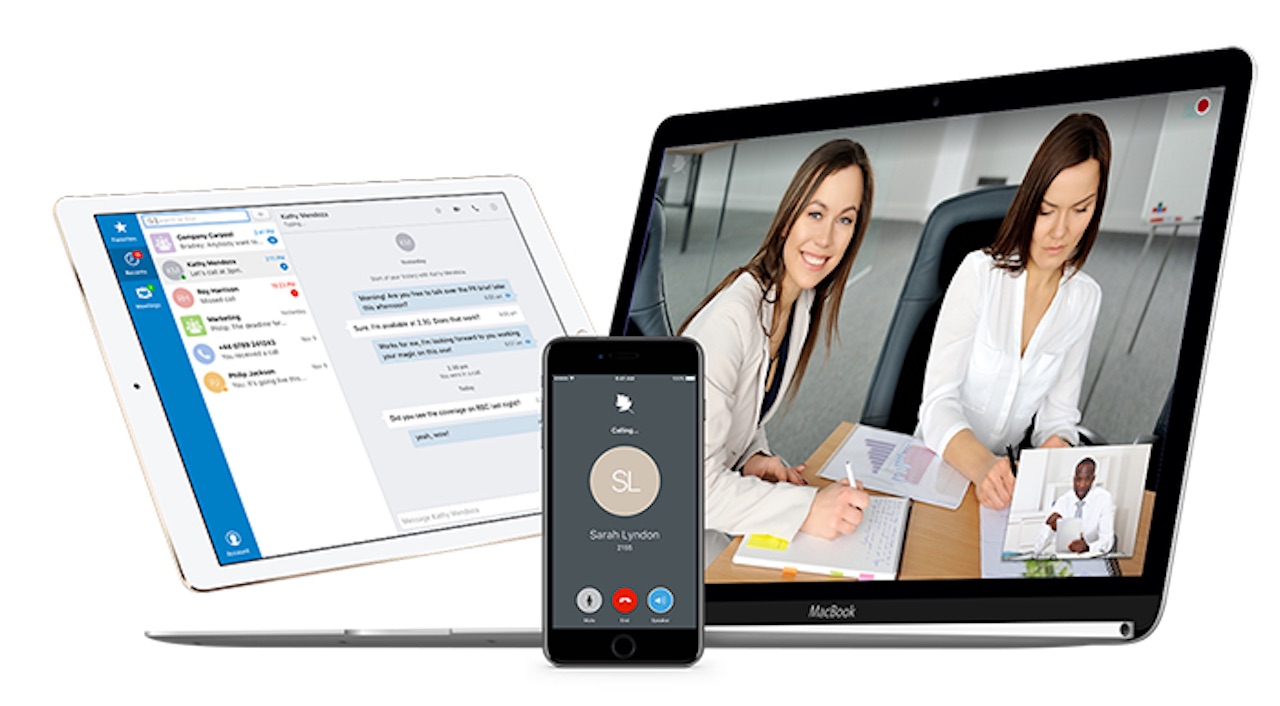
StarLeaf offers a SaaS deployment option for its StarLeaf Cloud meeting solution along with its portfolio of conference room endpoints.
Strength: StarLeaf’s video collaboration solution is resonating with buyers seeking a reliable platform that delivers high-quality meeting experiences in its conference rooms. This is evidenced by the vendor’s impressive growth in its targeted markets.
Caution: StarLeaf’s meeting service is offered as SaaS only, which can limit adoption by organizations requiring premises-based or dedicated hosted deployment options.
Zoom
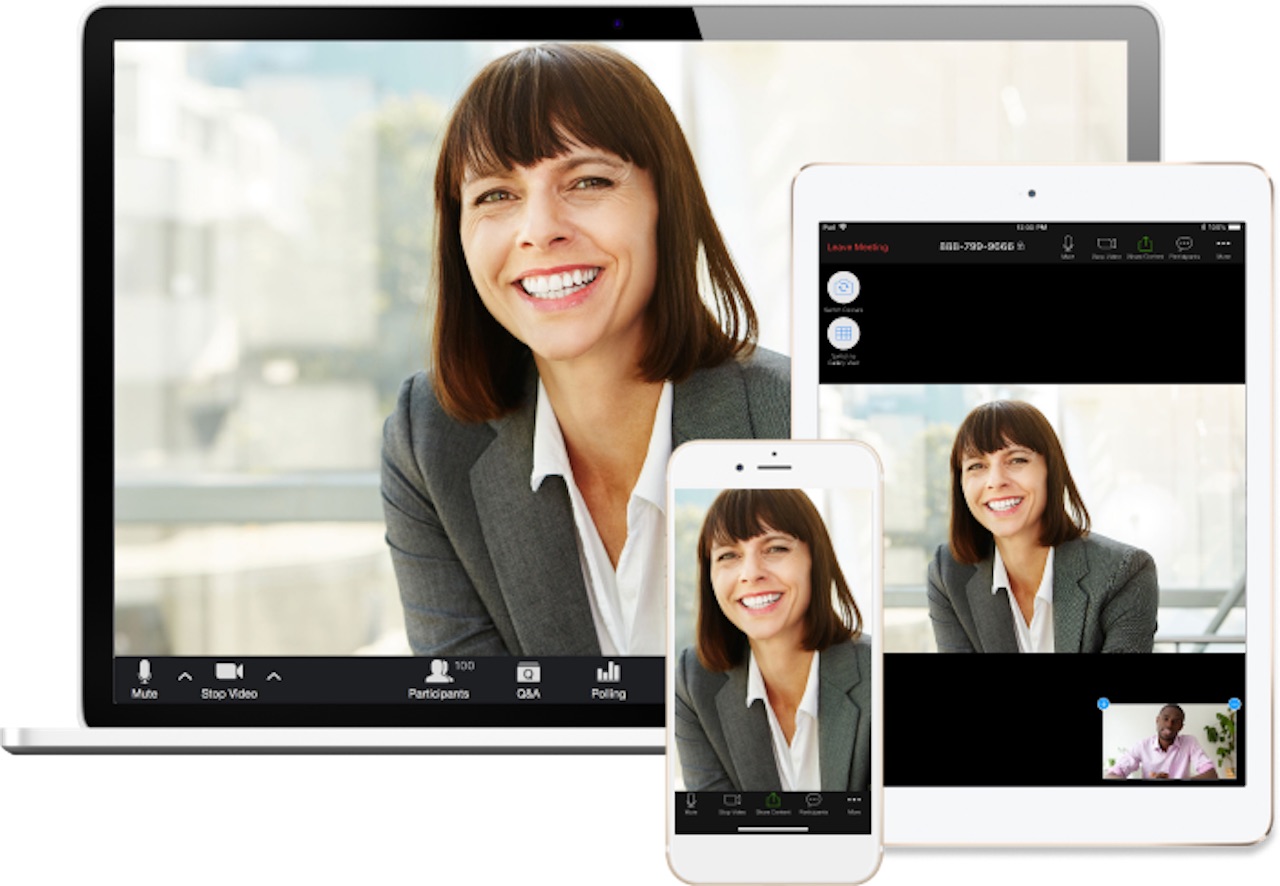
Zoom offers SaaS, hybrid, managed service, and dedicated deployment options for its Zoom Meeting and Zoom Video Webinar solutions, along with its partners’ conference room endpoints.
Strength: Zoom’s wide array of deployment options, including freemium, allows organizations flexibility when considering how best to consume its increasingly popular video collaboration service. Zoom’s rich meeting solution feature set, expanding partner community, and integration with services such as Slack and RingCentral are driving demand for the vendor’s services by end users and IT organizations alike.
Caution: Zoom’s reference customers cite a desire for more integration options for their preferred business applications, as well as better interoperability with external meeting solutions.

